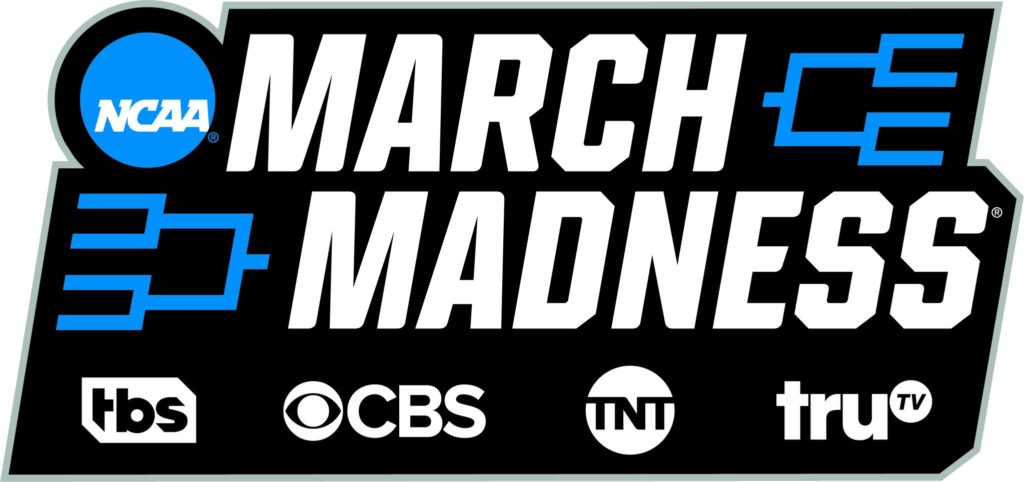Turner Sports Goes Back to the Basics for March Madness Audio
Story Highlights
Turner Sports has geared up for the NCAA Men’s Basketball Tournament, with the Atlanta-based broadcaster airing the entire last set of games, from the Elite Eight through the Final Four and the National Championship Game. It’s a major logistical undertaking – supported this year by remote production units from NEP, Game Creek, and F&F Productions – and the entire March Madness production of March Madness will be done in 5.1 surround.
 Production began with Selection Sunday, which this year was broadcast from Turner’s ELEAGUE Studio, a 10,000-square-foot arena in Atlanta dedicated to filming esports competitions that features seating for a live studio audience.
Production began with Selection Sunday, which this year was broadcast from Turner’s ELEAGUE Studio, a 10,000-square-foot arena in Atlanta dedicated to filming esports competitions that features seating for a live studio audience.
“This will be the first Selection Sunday event with a live audience, a totally different environment,” says Tom Sahara, VP operations and technology for Turner Sports. “In the past, it was done in a standard broadcast studio, where everything could be predictably controlled. Here, we’ll have a live audience, which brings an entirely new level of excitement to this event. We’re really looking forward to that.”
The ELEAGUE Studio has microphones installed for crowd and ambience capture, and Sahara says those would be extensively utilized. It will foreshadow what he said will be an immersive soundscape for the games themselves, with crowd sounds framing audio effects from the courts, which he says are the focus of the broadcasts.
“The goal is bring a lot of the sound from the floor into the broadcast,” he explains. “That’s always the idea for basketball.”
Most of the early rounds will see all of the audio mixed by the small army of A1s Sahara marshals. Once the event reaches the Final Four and the Championship Game, submixers will handle the broadcast effects audio, as demands increase for various separate mixes for radio, international feeds, and streaming. Microphone choices and placements are determined largely by the individual venues, and Sahara says that the broadcaster works closely with the teams and the venues.
“There will be a focus on the bands and spirit squads, as they are the catalyst of fan participation,” he says.
The NCAA does not allow players, coaches, or officials to be wired for broadcast sound. Sahara acknowledges that as one of the challenges for the event’s audio, in an era when on-player sound is becoming more ubiquitous.
“It’s a challenge, finding the audio we need to fill the voids,” he says. “We still keep the floor as the central focus and find other elements to add as we need them.”
This year’s workflows will be relatively conventional, with MADI as the main signal-transport mode. But once into the Elite Eight round, Sahara says that there would be increased use of networked audio for distribution and transport.
“Dante is becoming very big in the compound,” he says. “We’re moving deeper and deeper into the IP world for this. It’s becoming the core technology for moving sound.”
While Turner Sports has pioneered some interesting experiments in the past for its NBA coverage, most notably introducing some of the broadcast effects audio into the venue PA systems to bring the immersive effect to the entire seating area, March Madness will be a more visceral experience, says Sahara.
“As much as we gravitate towards new ideas, it still takes a very solid foundation to create an enriched experience, and that’s what we’re concentrating on for these games,” he says.
